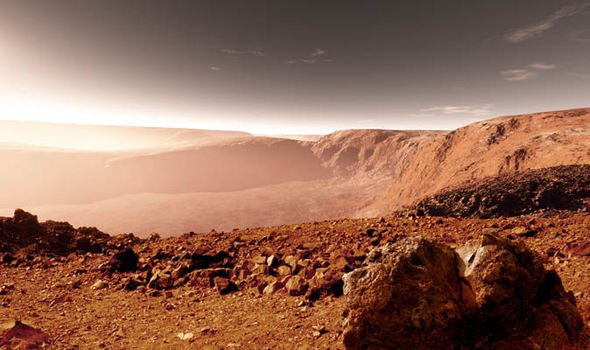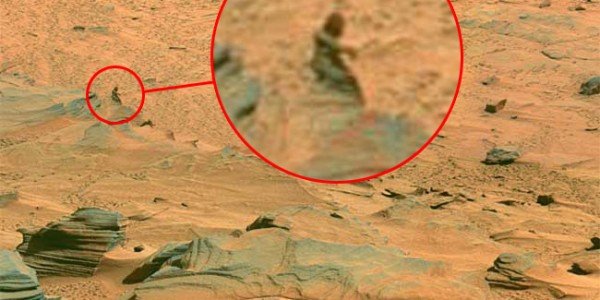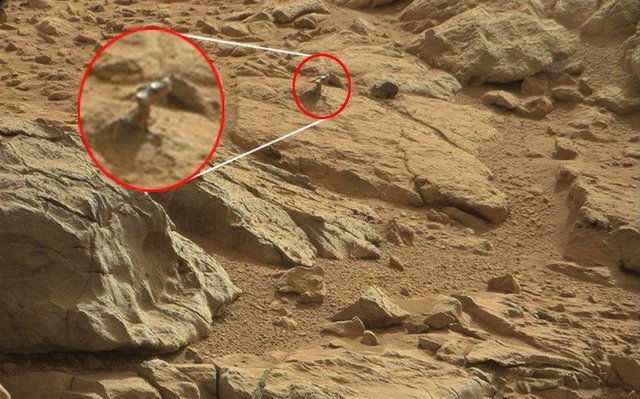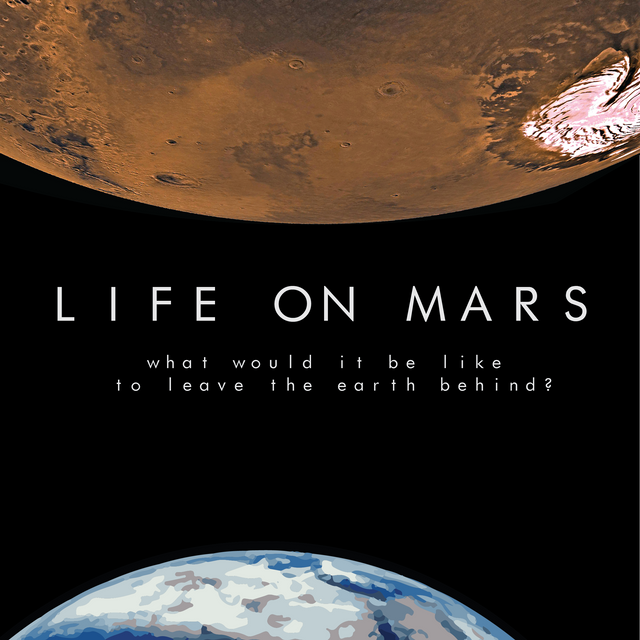Life on MARS?!
The likelihood of life on Mars is a discipline of tremendous interest to astrobiology due to the planet's proximity and similarities to Earth. So far no proof has been determined of earlier or present lifestyles on Mars. However, cumulative evidence is now clear that throughout the historic Noachian time period, the skin atmosphere of Mars had liquid water and may have been liveable for microorganisms. The existence of liveable stipulations does no longer always point out the presence of lifestyles.

Scientific searches for proof of life began within the 19th century, and so they continue today through telescopic investigations and landed missions. At the same time early work concerned about phenomenology and bordered on delusion, today's scientific inquiry has emphasised the search for water, chemical biosignatures in the soil and rocks on the planet's floor, and biomarker gases within the surroundings

Biomarker gases within the atmosphere. On November 22, 2016, NASA said finding a significant quantity of underground ice in the Utopia Planitia region of Mars. The volume of water detected has been estimated to be identical to the quantity of water in Lake superior.

Mars is of certain curiosity for the be trained of the origins of existence due to the fact of its similarity to the early Earth. This is primarily so in view that Mars has a bloodless climate and lacks plate tectonics or continental flow, so it has remained close to unchanged when you consider that the end of the Hesperian interval. As a minimum two thirds of Mars's floor is more than 3.5 billion years ancient, and Mars may just for that reason hold the high-quality document of the prebiotic stipulations leading to abiogenesis, even if existence does no longer or has in no way existed there.

In may 2017, proof of the earliest known lifestyles on land on this planet may have been located in three.Forty eight-billion-year-ancient geyserite and different associated mineral deposits (commonly observed around sizzling springs and geysers) uncovered within the Pilbara Craton of Western Australia. These findings may be precious in finding out the place first-class to seek for early signs of lifestyles on this planet Mars.
On January 24, 2014, NASA said that the Curiosity and opportunity rovers began searching for evidence of past existence, together with a biosphere centered on autotrophic, chemotrophic, or chemolithoautotrophic microorganisms, as good as old water, including fluvio-lacustrine environments (plains involving old rivers or lakes) that will have been habitable. The search for evidence of habitability, taphonomy (related to fossils), and organic carbon on this planet Mars is now a main NASA goal.

In July 2017, researchers suggested that the skin in the world Mars is also more toxic to microorganisms, notably a usual terrestrial style, Bacillus subtilis, than notion previous. This is based on studies with perchlorates, long-established on Mars, in a simulated Martian ultraviolet surroundings.
On September 5, 2017, scientists reported that the Curiosity rover on Mars detected boron, an primary ingredient for life on the planet. One of these discovering, along with prior discoveries that liquid water used to be clearly present on ancient Mars, further helps the viable early habitability of Gale Crater on Mars.

Thanks for reading....drop your thoughts in the comment box